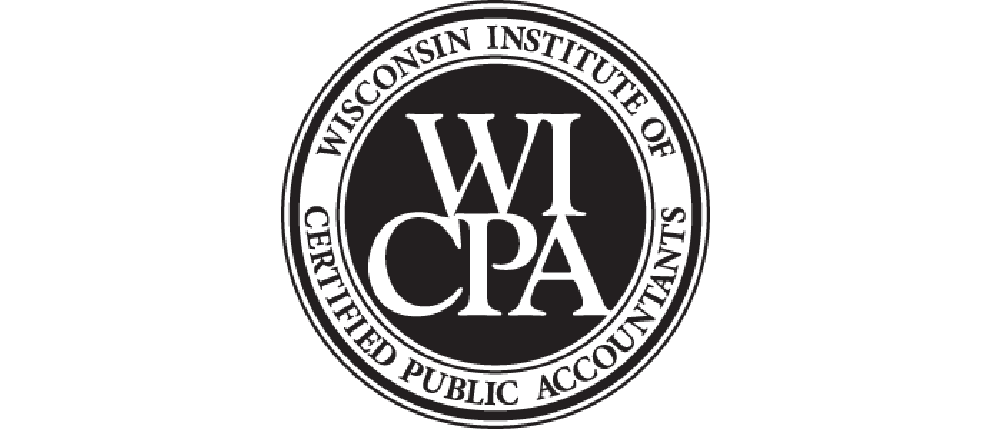With COVID-19-related restrictions being loosened across the United States – and the “Safer at Home” Order lifted in Wisconsin – it’s important for organizations to prepare to keep employees, customers, and other visitors safe as they reopen their doors to employees and the public.
KerberRose Human Resources has created a list of important safety guidelines for organizations to follow and safely return to work.
1) Determine how you will bring employees back to work
Identify key team members who should return to work first, then determine the next phases of individuals to return to the workplace. It is important to consider who is needed at the physical workplace versus who can work effectively and efficiently from home; how many people you can have in the workplace at once per guidelines; and employee’s personal needs, such as caring for children with no other care/family options.
2) Prioritize Safety and Communication
Members of the organization should take on key roles to prepare for the return to work. Such key roles might include:
- Sanitation and Disinfection Lead: should fully sanitize all frequently-used spaces and objects (hand rails, doorknobs, closed offices, break rooms) daily, and between shifts. If you have multiple locations or a large building, you may want to have multiple people sanitizing and/or have your cleaning company come more frequently.
- Personal Protective Equipment (PPE) Lead: should be the go-to person for ensuring safety and cleaning supplies are always in stock.
- Communication and Training Lead: should brief employees prior to their return to work on safe social distancing practices; train them on proper use of personal protective equipment; what to sanitize and how often; and how to monitor for and identify COVID-19 symptoms.
3) Ensure adequate PPE and cleaning supplies
It has been increasingly difficult to gather safety and disinfectant supplies since the pandemic began; however, many of these items can still be found by searching multiple suppliers. All companies should have disposable or fabric masks, gloves, sanitizer, soap, and cleaning disinfectants available for their staff, customers, and guests to utilize. The Environmental Protection Agency (EPA) has a list of cleaning aids which are effective against COVID-19; this list can be found here. Communicate with all office locations or departments weekly to check-in on PPE and cleaning supply quantities.
4) Develop policies for identifying sick people and isolating them
In the event an employee or household member of an employee develops COVID-19 or related symptoms, the employer should have a policy in place to help protect co-workers and others who are in the facility. The high contagion factor of the virus makes it critical to respond quickly and efficiently to protect team members.
There should be a procedure in place for isolating the sick employee until their safe departure home or to a medical facility. An ideal policy should include asking employees to notify a contact person, provide a list of which co-workers he/she has been in close contact, and provide a list of any clients, vendors, or third-parties affiliated with the company that he/she has been in contact within the past 14 days. Contact tracing is especially helpful to identify other individuals who may have come into contact with the virus.
5) Determine risk of COVID-19 exposure and implement controls to reduce risk.
Assessing the risk of exposure for employees at all levels of your business is one of the most important steps of preparing for employees to return to work safely. This step may take some time, yet this step will ensure the implementation of proper controls for each job role in your organization.
An employer will need to determine if a job role is one of the following exposure risks:
- Very High or High Exposure: employees working directly with confirmed cases of COVID-19 (ex: nurses, doctors, emergency personnel).
- Medium Exposure: employees working with the general public (who may/may not have the virus), individuals who cannot social distance while working (assembly lines or close cubicle spaces), delivery drivers or receptionists.
- Low Exposure: employees who do not work directly with the general public, work alone, or in an office space which allows proper social distancing of more than six feet between employees.
Once the exposure risk is identified, controls for each of these risk levels should be implemented. Controls can include optional or required use of PPE equipment and varying levels of use. For instance, high risk environments should require full PPE (gloves, masks and face shields worn always), while medium-low risk environments might implement optional use of gloves and face masks when interacting with the general public. Other controls might include putting up barriers for receptionists, maintaining social distancing around an office, and keeping a schedule of cleaning commonly-used surfaces and spaces.
Take the time to assess risk for each job role at your facility to ensure the risk of contracting COVID-19 is minimized for employees and clients.
6) Provide training and information ahead of time
The key to implementing safety guidelines at all levels of an organization require all employees are fully trained and have been briefed on steps being taken. Before an employee returns to work, he/she should be trained on proper social distancing measures, how to monitor symptoms, how to utilize personal protective equipment, what to sanitize and how often, and what to do if he/she shows symptoms of COVID-19.
7) Monitor the situation frequently and ensure compliance
Guidelines for individuals and employers from the CDC, NSC, NIOSH, and OSHA are changing frequently. Ensure a team of compliance officers are monitoring changes and adjusting policies and guidelines for employee, clients, and guests as needed. It is important to consider guidelines at the national and international level, but it is also beneficial to check local guidelines for the county or area you preside in, as they may be different.
Further Guidance
Should you or your organization require further guidance or assistance in reopening, KerberRose Human Resource professionals are happy to consult with your business on risk assessments or return-to-work plan preparations and can be contacted here. The WI Safety Council also issued a guide for returning to work safely—you can check out this guide here.








